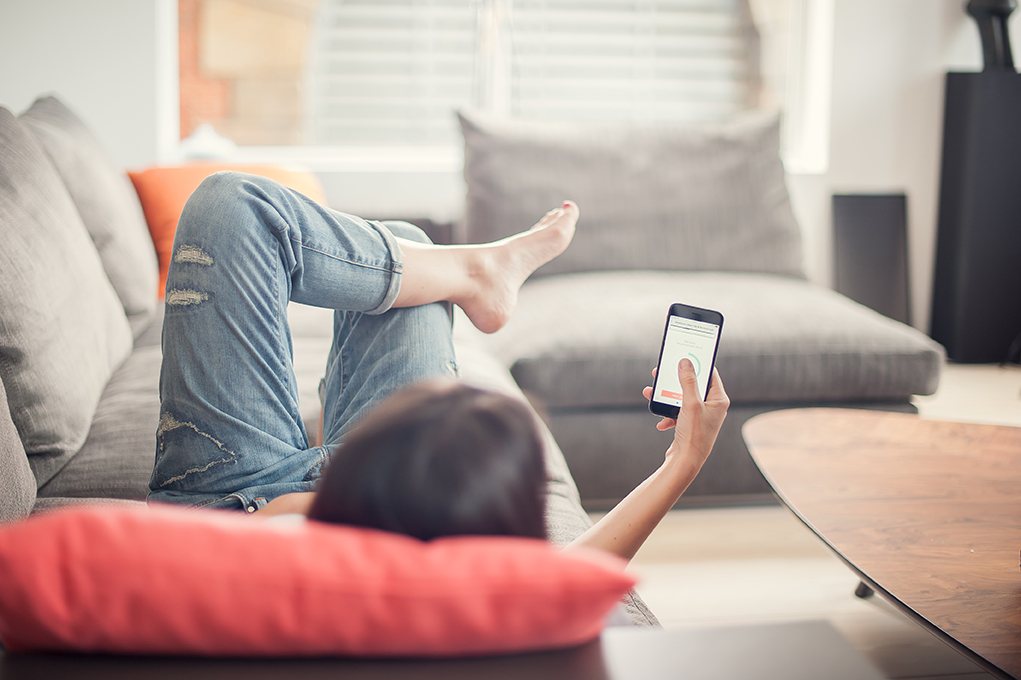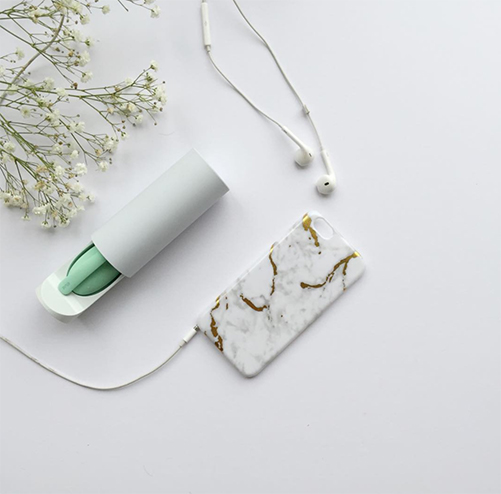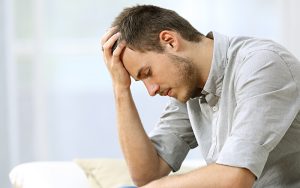According to Asthma Canada, Canadian researchers see a large spike in hospitalizations for children with asthma during the September back-to-school period. In fact, this period is now referred to as the ‘September Asthma Peak’. If you are a parent of a child with asthma, our pharmacists recommend taking a few extra precautions to ensure your child and their school are equipped to manage their asthma and respond quickly to an asthma emergency.

Know how to identify and reduce triggers
Children with asthma face increased exposure to all kinds of triggers, from viral infections to allergens like dust mites, mould and even seasonal allergens like ragweed when they head back to school. Colds are the most frequent asthma triggers in young children, causing up to 85 per cent of exacerbations. Help your child understand their asthma triggers and help identify ways you can actively work to reduce the likelihood of an asthma attack at school.
Develop an asthma management plan and action plan
Ensure your child’s medications are listed on the plan. Emergency contact numbers and instructions should also be listed and available for caretakers like grandparents, babysitters and school staff. In the case of an emergency, it’s important you and your child also have a plan in place for how to respond.
Talk to school teachers, nurses and coaches
Ask for any required forms, details on school’s procedure for an asthma emergency, how to ensure immediate access to asthma medication, and discuss how to reduce your child’s triggers while at school. The school should also have the details of your asthma management/action plan, including emergency contact numbers and medication instructions. It’s also important to speak with coaches or physical education teachers about your child’s ability to participate in physical activities.
Manage allergies and exposure to influenza
Seasonal allergies and other allergens can trigger your child’s asthma symptoms. Be proactive and treat their allergies with the proper allergy medication. Even though “flu season” is commonly known as a winter phenomenon, contagious viral infections are spread and shared just as much in September in schools. It might sound obvious, but making sure your child is washing their hands correctly and frequently can really help. Your child, along with the rest of your household, should also receive an influenza vaccination to reduce their risk of developing flu symptoms, which can trigger their asthma.
Have your medication reviewed by your pharmacist
During your visit, have your child’s asthma medication reviewed and, if necessary, ask for a refresher on how to use the medication correctly. Pharmacists can remind children how to hold the inhaler and offer tips on improving inhalation technique.Sometimes pharmacists will recommend aids to help manage asthma in children. As an example, they may advise the use of a valved holding chamber which can help ensure your child is receiving a proper dosage. The chamber traps and holds the medication, giving the child time to inhale it entirely.
Pharmacists also recommend having a prescription for two inhalers, so that you are able to keep one at home and one at school. This way, your child doesn’t need to worry about remembering to take their inhaler with them to school each day, and risk forgetting it at home.
Visit your local London Drugs Pharmacy, speak with a pharmacist while picking up your children’s medications, or call ahead to book an appointment with a pharmacist.











 With ordinary Kegels it’s impossible to know how well you’re doing or if you’ve gotten stronger. Most of us get bored and give up. A lot of women also perform their Kegels incorrectly, with 30% of women pushing doing instead of lifting, which can cause more damage to the pelvic floor.
With ordinary Kegels it’s impossible to know how well you’re doing or if you’ve gotten stronger. Most of us get bored and give up. A lot of women also perform their Kegels incorrectly, with 30% of women pushing doing instead of lifting, which can cause more damage to the pelvic floor. Everyone has bouts of low mood and excessive worrying. Thankfully, these are often temporary. For some, however, the feelings don’t go away on their own and more structured help is needed.
Everyone has bouts of low mood and excessive worrying. Thankfully, these are often temporary. For some, however, the feelings don’t go away on their own and more structured help is needed.
 Trick anxiety by “acting normal”
Trick anxiety by “acting normal” 